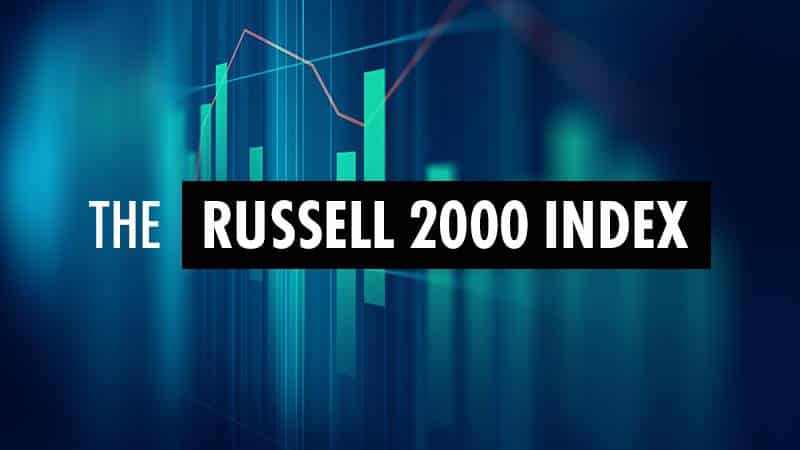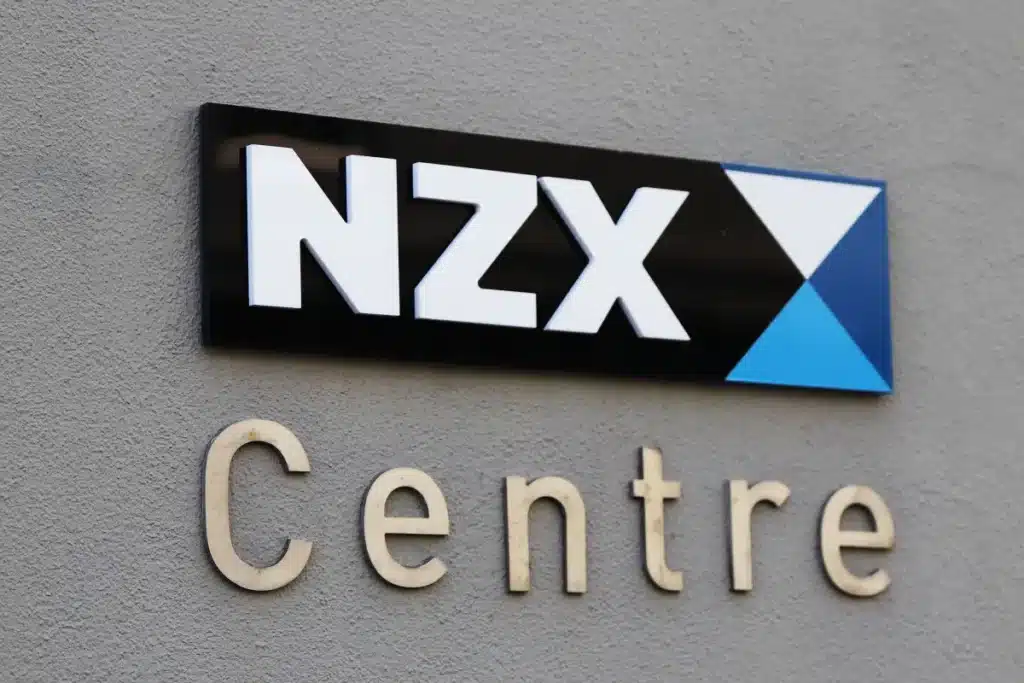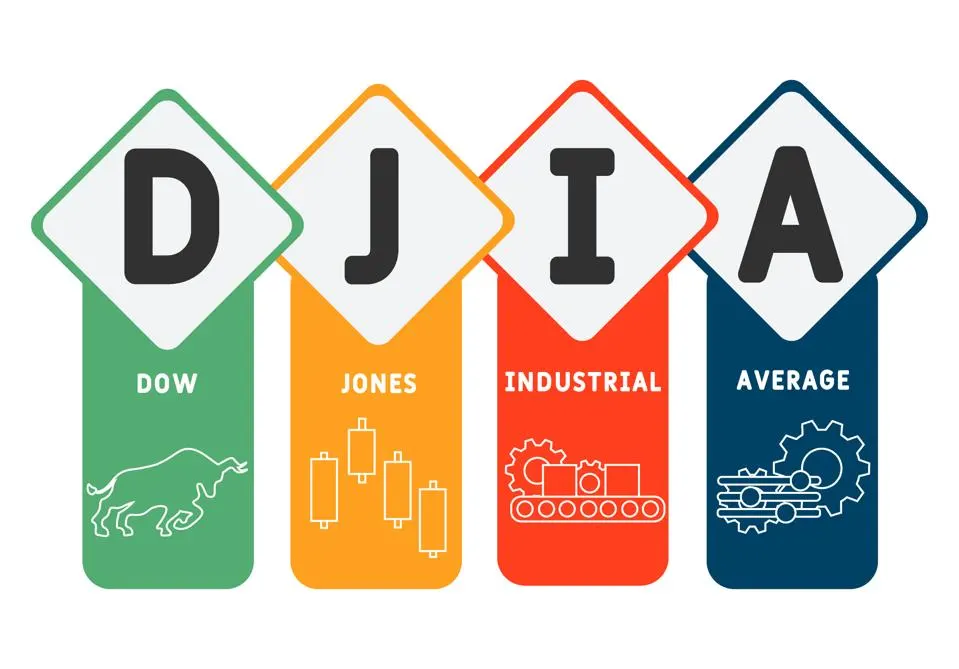U.S. Pauses Some Tech Tariffs, Chinese Exports Surge – What’s Moving Markets
In a significant development affecting global markets, the U.S. has announced a temporary pause on certain technology-related tariffs, providing respite to numerous companies affected by trade tensions with China. This decision comes amidst ongoing negotiations between the two economic giants and has sparked optimism among investors, leading to a noticeable rise in U.S. stock futures.
Background on Tech Tariffs
The tariffs in question were initially imposed as a part of a series of reciprocations under former President Donald Trump’s administration. These tariffs were aimed at balancing trade deficits but had far-reaching impacts on various sectors, particularly technology and electronics. The latest pause is seen as a strategic move to ease tensions and encourage dialogue between the two countries.
Impact on U.S. Markets
This pause in tariffs arrived at a critical time as U.S. businesses and investors have been facing uncertainties stemming from trade regulations. Key players in the tech sector, like Apple and Nvidia, have shown positive premarket movements in response to this announcement, driven by the optimism surrounding potential cost reductions and supply chain improvements.
Investors focus is now splitting between analyzing this development and the earnings reports which are due soon. The reprieve has shifted some attention back to fundamental company performance and growth potential, easing short-term volatility driven by geopolitical uncertainties.
Chinese Export Surge
On the other side of the globe, China has experienced a substantial surge in its exports, benefitting from the temporary relief measures. The easing of tariffs adds strength to China’s manufacturing and technology sectors, adding momentum to their economic recovery efforts post-pandemic. With exports bolstered, China might see an increase in its trade side, possibly affecting its trade balance favorably.
Global Market Reactions
The ripple effects of these developments aren’t limited to U.S. and Chinese markets. Global equities are reacting positively as the easing of tariffs suggests a more collaborative trade environment, which is crucial for market stability. Moreover, while the U.S. revisits its stance on tariffs, Citi has opted to downgrade its outlook on U.S. equities while upgrading those for Japan and the U.K., indicating a shift in focus towards potentially lucrative foreign opportunities.
Conclusion
As the markets adjust to the latest developments, investors should remain vigilant, considering both the potential opportunities and challenges posed by these changes. It’s essential to keep an eye on further negotiations between the U.S. and China as these could pave the way for more enduring agreements that might stabilize the global trade landscape.
In the near term, financial markets will likely emphasize earnings reports alongside this tariff news to gauge the broader economic recovery and corporate health. As always, a balanced approach, considering both domestic and international factors, will be crucial for anyone looking to navigate these uncertain but opportunity-filled waters.
Understanding Today’s Top Analysis
With the continuous ebb and flow of the stock market, staying informed is key to making savvy investment decisions. That’s why we’ve rounded up today’s top analysis to provide you with in-depth insights into what’s happening in the financial arena. Let’s break down the key points from various expert analyses.
Stocks Week Ahead: Tariff Confusion, Tax Day May Spark Another Volatility Surge
The first analysis comes from a seasoned market analyst who expresses concerns about the potential for market volatility. This volatility is driven by *tariff confusion* stemming from recent confusion over tariff policies, combined with the impending *Tax Day* in the U.S. The timing of these events could lead to fluctuations in the stock market, which means that investors should be vigilant. It’s essential to keep an eye on how tariff announcements and tax-related decisions could impact various sectors, especially technology and consumer goods. Active monitoring can provide investors with a clearer strategy on how to potentially mitigate risks and seize opportunities.
Multi-Week Bounce Starting? 3 Indicators to Monitor
In this analysis, the focus is on the potential for a *multi-week bounce* in the market. This isn’t just hopeful thinking – the analyst points to three specific indicators that suggest a rebound could be on the horizon. These indicators include stock momentum, trading volume, and economic data releases. Monitoring these aspects can provide investors with a comprehensive view of where the market might be headed. If these indicators align favorably, there could be a window for strategic buying opportunities.
USD/JPY at the Mercy of Tariffs and Risk Sentiment
This analysis delves into the currency market, particularly focusing on the relationship between the U.S. dollar (USD) and the Japanese yen (JPY). The key driver here is the impact of tariffs on exchange rates. With tariffs influencing economic projections and trade balances, there’s expected fluctuation in currency values. Investors dealing in forex should consider the *risk sentiment* driven by geopolitical developments and economic policies. Keeping track of trade negotiations and their influences on these currencies can help in understanding potential shifts and opportunities within the forex market.
Market Volatility and Rising Volume Signal Gold’s Strength as a Safe Haven
This analysis highlights the *resilience and attractiveness* of gold as a safe haven amidst market uncertainty. With rising market volatility, many investors are turning their attention to gold, viewing it as a secure alternative. The increased trading volume is a testament to gold’s enduring appeal when equities seem tumultuous. For those keen on diversifying their portfolios, considering investments in precious metals like gold could be a wise decision.
Solid Friday Sets Indexes Up for Swing Low Retest This Week
The final piece analyzes the recent market movements, noting that a *solid performance on the previous Friday* has set the stage for potential retests of swing lows this week. This means that indexes, which have been performing well, might face tests of their strength as they encounter previous low points. For traders, understanding this pattern can help in deciding whether to buy into a trend or prepare for potential pullbacks.
In summary, today’s top analyses each provide a unique window into different aspects of the financial market. Whether it’s understanding the impact of tariffs, tracking currency fluctuations, or recognizing the value of gold, being informed is the first step to making strategic financial decisions. By staying updated, investors are better positioned to capitalize on market opportunities and mitigate risks.
5 featured stocks in 2025
Market Movement Overview: April 14, 2025
In today’s rapidly evolving market landscape, several key events are making waves and deserve your attention. Let’s break down the day’s top news and explore what these developments mean for investors like you.
U.S. Stock Futures Rise as Tech Tariffs Temporarily Paused
U.S. stock futures edged higher following a temporary pause on certain technology tariffs. The American government has decided to temporarily exempt some tech-related goods from the elevated reciprocal tariffs. This move is spurring optimism among traders who are cautiously assessing these exemptions. Temporarily pausing tariffs could provide a breathing room for the tech sector, potentially easing pressure on companies heavily reliant on international trade.
Notably, Apple and Nvidia rallied in premarket trading, buoyed by hopes of incoming relief. Both companies are major players in the technology sector, and any positive news regarding tariffs is likely to be well-received by investors. The market reaction indicates a cautious optimism among traders about the potential for easing trade tensions, which may lead to a more favorable business environment for tech companies.
Changes in Global Equities: Citi Adjusts Ratings
Meanwhile, Citi has issued a noteworthy update as they downgrade U.S. equities while upgrading those in Japan and the United Kingdom. This shift reflects the investment bank’s current assessment of the economic dynamics and growth potential within different global markets. With geopolitical tensions and varying national economic policies, Citi’s decision signals a strategic pivot towards regions they consider to have more immediate growth prospects.
Gold and Other Precious Metals Adjustments
In the realm of commodities, Goldman Sachs has lifted its 2025 gold price target to $3,700 per ounce. The adjustment in gold prices is a possible indicator of the increasing inclination of investors to see gold as a safe haven amid potential market volatilities. Goldman’s outlook suggests that the demand for gold may rise in response to shifts in the economic environment where gold traditionally plays a stabilizing role.
Conversely, UBS has cut price expectations for silver, platinum, and palladium. Such a move might be informed by projected trends in industrial demand and the perceived value of these metals. As the global economy continues to navigate through varied challenges and opportunities, the performance of these metals in the market remains a dynamic element for investors to consider.
Investor Takeaways
For those of you actively engaging with the stock market, these developments provide significant insights. Understanding the implications of tariffs, shifts in global market perceptions, and commodity price adjustments can help inform your investment strategies. Additionally, maintaining awareness of these fluctuations may better position you to anticipate and maneuver through potential market volatilities.
Remember, navigating the complex landscape of stock investing requires not only understanding current events but also recognizing the broader economic trends and potential market shifts. Ensure you’re staying informed and thoughtfully considering how these developments may impact your investment decisions.








